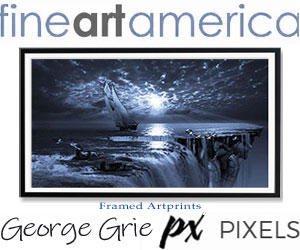Online Books by Questia Media America, Inc.
Key Writers on Art: The Twentieth Century, Book by Chris Murray; Routledge, 2003
PREFACE
The aim of the two volumes of Key Writers on Art is to provide, both for students and the general reader, a stimulating and wide-ranging introduction to the many writers and thinkers-across disciplines-whose ideas play an important role in our understanding of the visual arts. Over the past few decades, the study of art has become increasingly complex and many-sided, with the concepts and methodologies of a range of disciplines being used to explore the relationships between the artist, the work, the viewer, and society. To the more traditional concerns with technique, style, artists' lives, cultural and historical contexts, iconography and so on, has been added a keen interest in the tools of analysis provided by, for example, the psychology of perception, psychoanalytical theory (orthodox and reformed), sociology, political thought (above all Marxism in its many forms), structuralism, semiotics, feminism, cultural theory and deconstruction.
It is this very diversity of approaches, traditional and modern, that the two volumes of Key Writers on Art aim to illustrate. So there are entries not only on aestheticians and art theorists (though they are well represented), but also on art critics and art historians, religious thinkers, poets, artists, social and political scientists, cultural theorists, connoisseurs, anthropologists, psychologists, and semioticians.
The entries in the first volume, which covers the period from classical antiquity to the end of the nineteenth century, are arranged chronologically to reflect broad historical changes. The entries in the second volume, which covers the twentieth century, are arranged alphabetically. For ease of reference, there are chronological and alphabetical listings in both volumes, and both have a general index. Cross-references have been indicated in bold throughout. Each entry ends with a paragraph of biographical data and, for those interested in finding out more, a further reading section that lists both primary and secondary texts.
Key Writers on Art: From Antiquity to the Nineteenth Century brings together the writers of the classic texts of art history and aesthetics, as well as a number of less familiar, but historically significant figures. Covering the period that stretches from classical antiquity to the Middles Ages, and from the Renaissance to the end of the nineteenth century, it includes entries on (among others) Aristotle, Alberti, Vasari, Diderot, Winckelmann, Hegel, Ruskin, Tolstoy and Nietzsche. There is no suggestion that taken together the entries in this volume represent a single, continuous development in our understanding of art. It is the profound differences between these thinkers and writers over what they take to be the nature, purpose and values of art that are often more significant than their similarities.Key Writers on Art: The Twentieth Century contains entries on twentieth-century thinkers from many disciplines; some have written specifically about the visual arts, either as historians or aestheticians; others have developed ideas (in sociology, political philosophy, psychoanalytical theory and so on) that can be applied to the study of art. They include: Adorno, Baudrillard, Benjamin, Danto, Derrida, Arnold Hauser, Julia Kristeva, Panofsky, Wittgenstein and Richard Wollheim.Given this broad scope, the task of creating a balanced, representative selection of entries was often a difficult one; beyond a certain point, every important addition meant the loss of someone whose claims for inclusion were just as strong. As a main concern was to illustrate a broad range of approaches and styles, four overlapping-and sometimes conflicting-principles were used in making the selection. Candidates had to fall into at least one of the following groups:
● those who are widely studied in art history, art theory or visual culture (Plato, Vasari, Kant, Hegel, Winckelmann, Wölfflin, Benjamin, Gombrich)
● those who represent an important period, concept, focus or methodology (Plotinus, Bellori, De Piles, Locke, Lévi-Strauss, Pollock)
● those whose relevance to the analysis of art has yet to be fully explored (Kierkegaard, Lyotard)
● those who are generally neglected by current interests and courses of study (Read, Stokes, Simmel).
